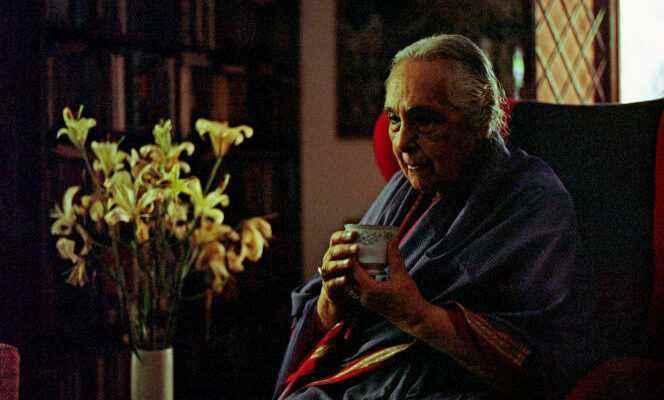Romila Thapar, professor emeritus at Jawaharlal-Nehru University in Delhi, is one of the best specialists in ancient Indian history. She is the founder of Indian archaeology, author of some twenty books which fight in particular the attempt to rewrite history by the Hindu nationalists in power in India.
What is hindutva, the structuring ideology of Narendra Modi’s Bharatiya Janata Party, the dominant political force in India?
Hindutva [hindouité ou indianité] is assimilated to Hinduism, but this identification is not unanimous. It is not the same as Hinduism. The hindutva is the form by which certain aspects of the Hindu religion are used for political purposes.
The Hindutva’s definition of a Hindu was formulated in the twentiethe century and does not exist in any ancient text. A Hindu is someone whose ancestors were born within the borders of India, and whose religion – Hinduism – also originated within these borders. This definition having been formulated just before 1947, it can be deduced that the said borders are those of British India. They would therefore include Muslim-majority regions such as Pakistan and Bangladesh.
The non-Hindus are therefore the “others”, born outside India or practicing a religion also born outside India. They are foreigners. The Hindus are the original inhabitants, their genealogy going back to the Aryans. They therefore have primacy. This definition mainly excludes Muslims, Christians. The Hindu religious nationalists must impose this vision of history since it is this which legitimizes the primacy of the Hindus.
Is this why there is such polarization around mosques today in India?
The phenomenon of converting or destroying sacred sites is not new and has happened in the past. It is also not specific to India since it is observed elsewhere in the world, for example at the Hagia Sophia in Turkey.
Temples and mosques are places of worship. They are also assertions of power. These monuments represent both the religious feelings, the wealth and the power of certain layers of society.
Due to the links established by the Mughals [dynasties d’empereurs musulmans] with the Rajputs [dynasties princières du nord de l’Inde] and other local political elites, many temples and mosques found themselves caught in complex political and social relationships, and responded to religious considerations concerning several communities. Historians know that the texts mention Hindus holding official positions and leading positions in the Mughal administration, that some were granted land grants, and that Hindu merchants prospered.
You have 72.51% of this article left to read. The following is for subscribers only.
